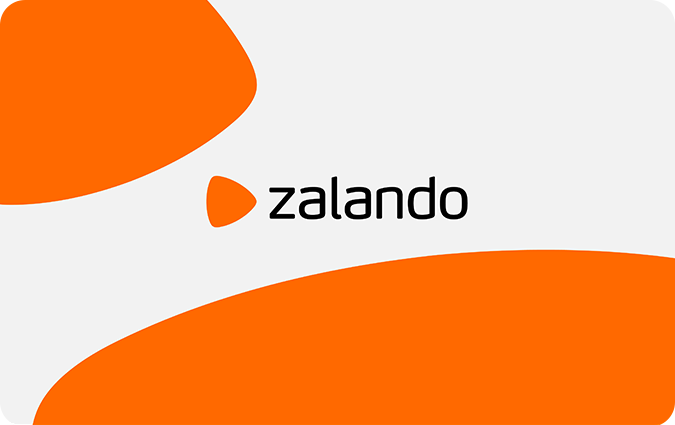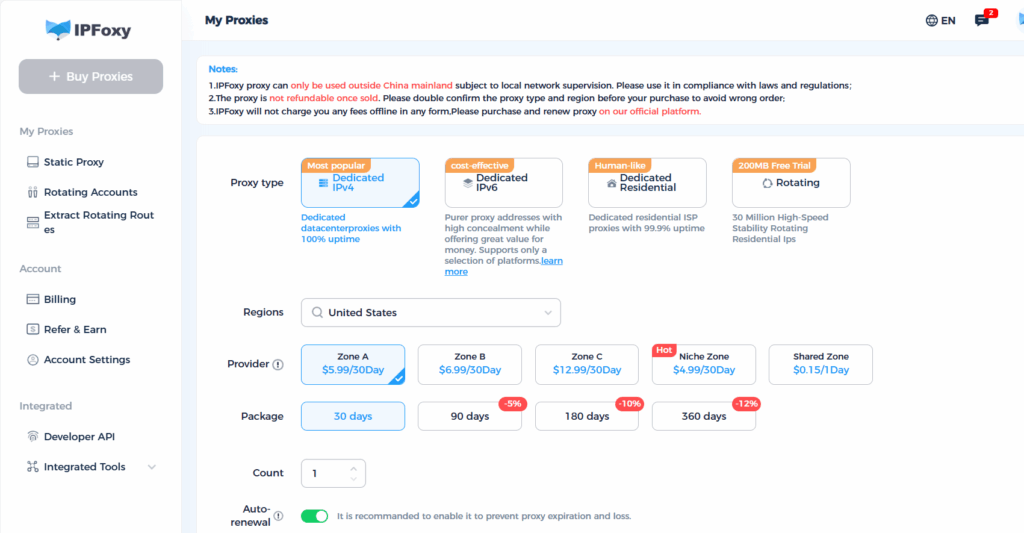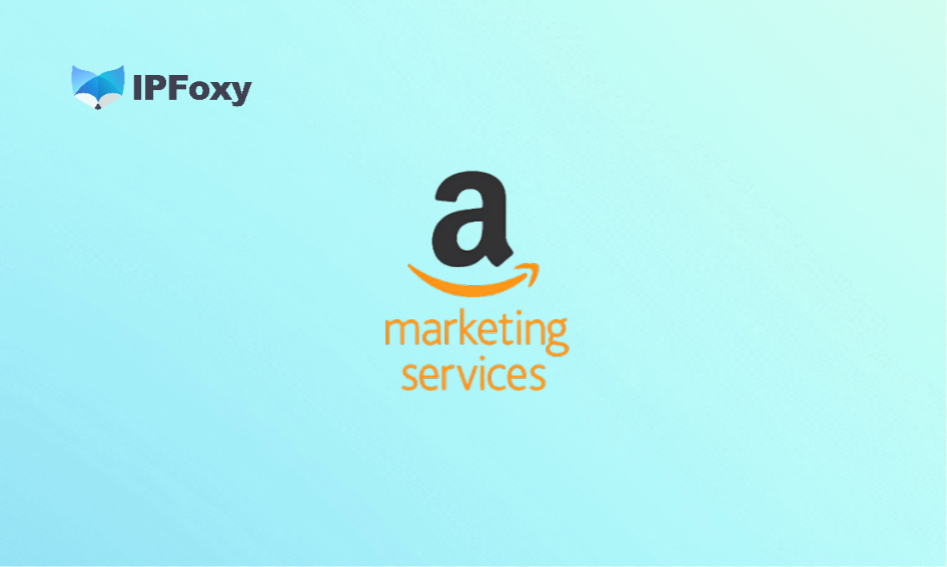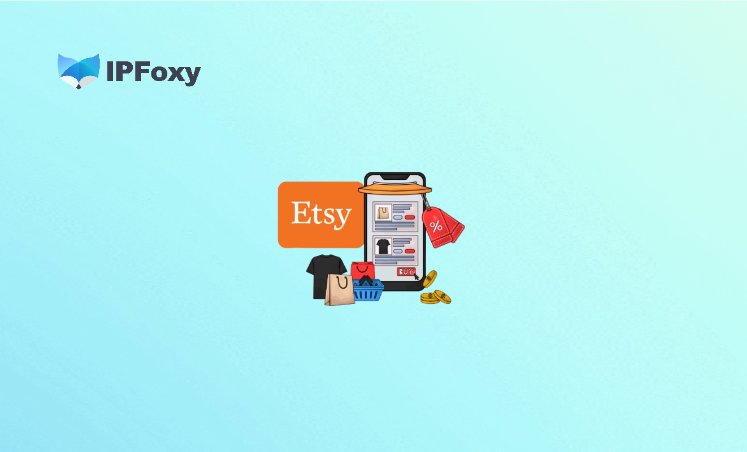With its distinctive user experience and refined positioning, Zalando continues to dominate Europe’s online fashion retail scene despite growing competition. Compared with other regions, Europe’s e-commerce ecosystem is more mature, featuring strong customer loyalty and higher purchasing power. For brands aiming to seize fashion traffic in Europe, Zalando is an essential marketplace.
This article introduces the Zalando platform, its advantages, the application process, and a few practical tips for successful operations after joining.
I. Platform Overview
Zalando is the largest fashion-focused e-commerce platform in Europe. It covers multiple categories and serves more than 25 European countries, including Germany, France, Italy, and the Nordic markets. Its core user base falls between the ages of 20 and 45, a group that values design, quality, and brand experience. Because of its premium positioning, Zalando is particularly suitable for sellers with their own brands, offering products in fashion apparel, accessories, and sportswear.
Zalando’s clean and user-friendly website design also contributes to its popularity among shoppers. Third-party sellers are only identified by their brand name on the product listing page, while Zalando’s own products often receive higher visibility and priority.
II. How to Join Zalando
Before applying, sellers should note that Zalando only accepts sellers in specific categories—namely, apparel, accessories, footwear, and sports products. If your products do not fit these categories, the platform will not approve your application.
1、Basic Requirements
- A legally registered company (can be outside the EU) with valid business documentation.
- Ability to provide invoices and official brand authorization.
- Products that comply with EU safety standards and labeling requirements.
- A local return address in Europe or participation in Zalando Fulfillment Solutions (ZFS).
2、Additional Conditions
- Sellers must offer free shipping and free returns within 100 days.
- The brand or seller must operate an online store and have a registered business address in Germany.
- Valid business license and proof of brand ownership or authorization are required.
Once these conditions are met, you can apply directly on Zalando’s official website. However, it’s worth noting that the review process for Chinese sellers tends to be stricter, and applications may require contacting Zalando’s official onboarding email for further verification.

III. Operational Tips
To increase visibility and conversions on Zalando, sellers should focus on several key aspects of store presentation and performance.
1. Emphasize Visual Presentation
Zalando’s overall aesthetic is minimalist and clean, which means your product images and store design should align with that tone. Maintain a consistent brand logo, color palette, and photography style. Images should be clear, straightforward, and include essential product details such as material and sizing. Excessive decorative design or text overlays are unnecessary.
2. Dynamic Pricing and Promotions
Zalando’s algorithm tends to favor active stores that regularly adjust prices and participate in promotions. Joining official sales events—such as Black Friday or Summer Sale—is an effective way to improve ranking and drive more traffic.
3. Maintain a Stable Operating Environment
Zalando has a strict security and login monitoring system. Frequent IP switching or logins from inconsistent regions can trigger risk control or account verification, disrupting normal operations.To ensure stable access to the seller dashboard and consistent ad testing environments, many merchants use dedicated static residential proxy to simulate European network conditions.
For instance, services like IPFoxy can help sellers create a secure, localized login environment, ensuring stable performance and reducing the risk of account flagging.

IV. Conclusion
In 2025, Zalando continues to strengthen its focus on brand identity and sustainability. On one hand, the platform is attracting more premium brands and independent designers to build a more distinctive and high-quality fashion community. On the other hand, environmental responsibility and transparency are becoming key values among European consumers. Sustainable materials, responsible supply chains, and eco-friendly production are now major factors influencing purchasing decisions.
For sellers looking to grow their presence in Europe, 2025 presents a valuable opportunity. By maintaining strong product quality, implementing localized strategies, and ensuring secure account operations, sellers can stand out in Europe’s highly competitive fashion e-commerce landscape.


